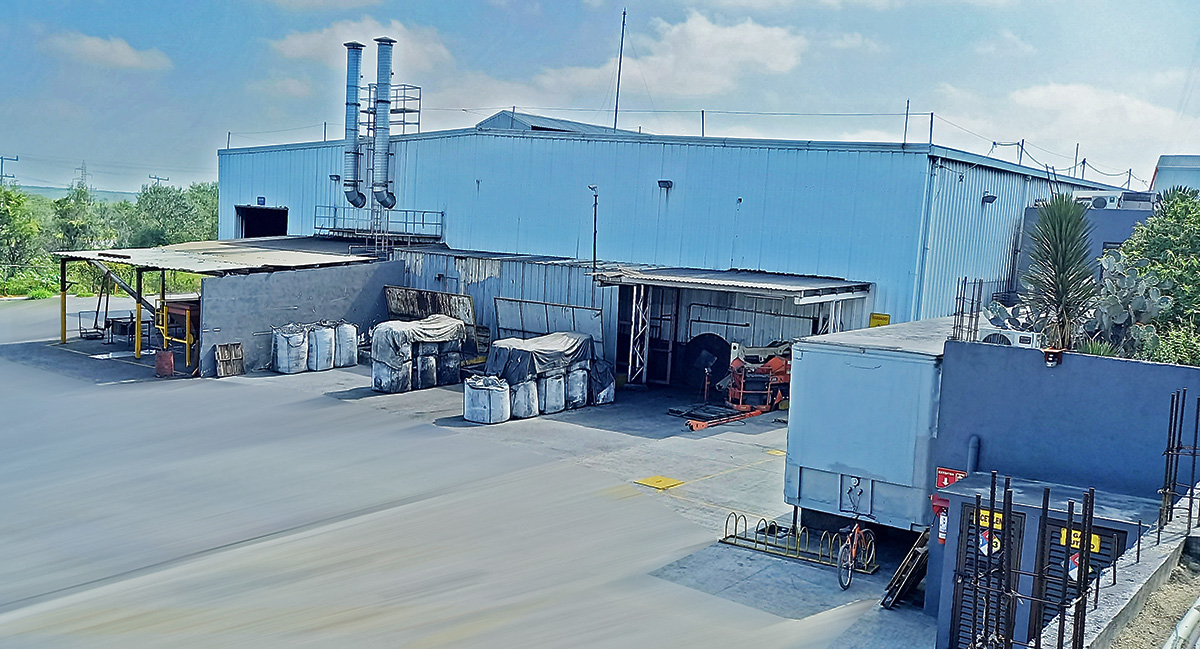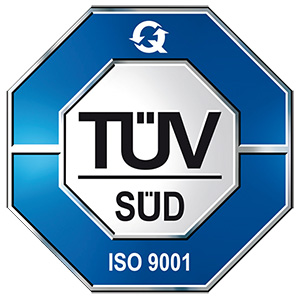OUR COMPANY

Carbograf Industrial is a 100% Mexican company founded in 1991.
We supply world-class coal and graphite products to domestic and foreign industry. Our products are mainly used in the steel and foundry business.
Among the transformation processes we carry out are: breaking, grinding, pulverizing, screening, mixing, packaging and analysis of materials.
We have capacity to process 10,000 tons of coal and graphite per month in 12,000 m2 of industrial warehouses and 10 hectares of working land.
Our mission is to provide our clients with high performance products, reliable sourcing and excellent technical advice. We are strongly committed to safety and operating in harmony with the environment.
CRONOLOGY
2007
Since 2007 we have been establishing strategic alliances with various carbon producers, and have been operating our own coal analysis laboratory.
2008
In 2008 we began exporting synthetic graphite to the U.S.A.
2009
In 2009, a plant was acquired in Pesquería, N.L. In that same year there was a marked diversification of the activities carried out by the company, including the manufacture of synthetic graphite lubricants, toll processing of carbon and graphite thus providing greater added value to our products.
2011
In 2011, all the company’s operations were consolidated at the Pesquería plant. The ISO 9001: 2008 certification was also obtained.
2020
Currently our products reach the U.S.A, South America and Europe.
SOCIAL COMMITMENT
- We actively participate in the development of the Pesquería community through local goverment programs, supporting schools and providing goods to families in need.
- We promote personal and family development through scholarships for employees and their families. Likewise, all staff receive constant training for their professional development.
- We promote family values through the different social events held by the company.
QUALITY OF OUR PRODUCTS


Carbograf Industrial has ISO 9001: 2015 certification issued by TÜV SÜD which guarantees that all the company’s procedures are carried out under strict regulations.
Due to the variable composition of coal products we ensure that our customers’ requirements are satisfactorily met following ASTM guidelines for measuring moisture, volatile matter, ash, sulfur, and fixed carbon content.
To evaluate the physical characteristics of our products Carbograf Industrial performs particle size analysis, abrasion resistance tests, determination of apparent density and viscosity (in the case of lubricants).
All the aforementioned chemical and physical analyzes of carbon and lubricants are carried out in our own laboratory, with certified equipment and qualified personnel.

We have the Platinum Distinction from the certifying company Círculo de Proveedores.
What is Círculo de Proveedores?
It is a certification program that makes it possible to strengthen business relationships between buyers and suppliers, granting recognition to those companies that demonstrate quality in their processes within the supply chain.
TESTS / ANALYSIS
It is determined by percentage of weight loss when heating samples to a temperature of 110 ° C. The humidity of the coals is highly variable and depends on the extraction conditions, mechanical preparation, time exposed to atmospheric action and the conditions at the time of sampling.
The moisture content of a coal has effects in different areas:
- Coals with high moisture content have higher transportation costs.
- Low moisture content favors grinding and inhibits possible agglomerations during processes.
- Moisture increases the probability of accidents in applications where coal is subjected to high temperatures.
During the initial combustion phase, volatile matter is released from the coal consisting of different amounts of hydrogen, methane and other low molecular weight hydrocarbons. The volatile matter content in a coal provides an indication of its reactivity and ease of ignition.
The test proposed by the ASTM consists of the difference in weight when heating samples at 950 ° C for 7 minutes in muffles lined with internal refractory. The container where the sample is deposited is out of contact with air to avoid partial or complete combustion of the heavy organic matter.
An excessively high content of volatile matter (greater than 30%) can cause safety problems in different processes. For example, in grinding, due to the appearance of spontaneous ignitions.
It is the solid residue after the complete combustion of all the organic matter and the oxidation of the mineral matter of the coal. The ash differs from the percentage of initial mineral matter present in the coal, since it modifies its structure at high temperatures.
The ash content obtained by calcination in the presence of air is always a default measure of the mineral content of coal. Therefore, it is necessary to standardize the temperature and duration of the test, which is carried out at 950 ° C for 3 hours in a muffle lined with internal refractory according to ASTM.
The sulfur content in coal is related to different environmental and operating problems in industrial processes.
Sulfur oxidizes to SO2 that when reacting with water forms sulfurous acid.
A part of the SO2 reacts with oxygen in the presence of ultraviolet rays producing SO3 which reacts with water to form sulfuric acid causing serious corrosion problems in equipment. The SO3 is also transformed into sulfates when reabsorbed with alkali metals in the ash. These substances increase dirt and corrosion on hot surfaces.
One of the problems in the quality of the steel is the presence of sulfide inclusions in the final product, which decrease the mechanical properties of the steel. It is possible to deal with the sulfur content in the iron and steel processes by reducing the percentage of this element in the raw materials introduced to the melting furnaces. Therefore, it is extremely important to control the sulfur content in the coal, which is obtained by direct determination through a volumetric titration equipment where the coal sample is subjected to temperatures greater than 1600 ° C.
This parameter indicates the content of non-volatile organic constituents. It is the main indicator to define the quality of the coal. The higher the fixed carbon content, the higher the calorific value, the higher the carbon input, the lower the impurities and therefore the higher the quality.
It is obtained by the difference in percentages of ash, volatile matter and humidity on a 100% basis.
The particle size analysis is a study of the distribution of the sizes of a solid material such as coal. To meet the carbon size requirements, a separation of particles is carried out through sieves with the required openings.
The material retained in each mesh is weighed and a percentage relationship is obtained with respect to the weight of the total sample.
For micronized products, a particle size distribution laser analysis equipment is used which obtains a percentage distribution with respect to the volume of the particles in a sample.
It is used to estimate the degree of resistance of the carbon when being handled in the different stages of the process without breaking or detaching undesirable fine material.
It is the relationship between the mass and the volume that the coal occupies (including the hollow spaces inside and between the particles) to know the space occupied by the material in the stacking and in the transport in belts or industrial containers.
Viscosity is the resistance that a fluid opposes to movement, that is, the more resistance the fluid presents, the higher the viscosity. This rheological property is the key to accurate quality control in graphite lubricants. There are various equipments to know its value, among which the following stand out:
- The Brookfield viscometer
- DIN cup
Both are widely used to obtain the lubricating properties that suit the required needs.






